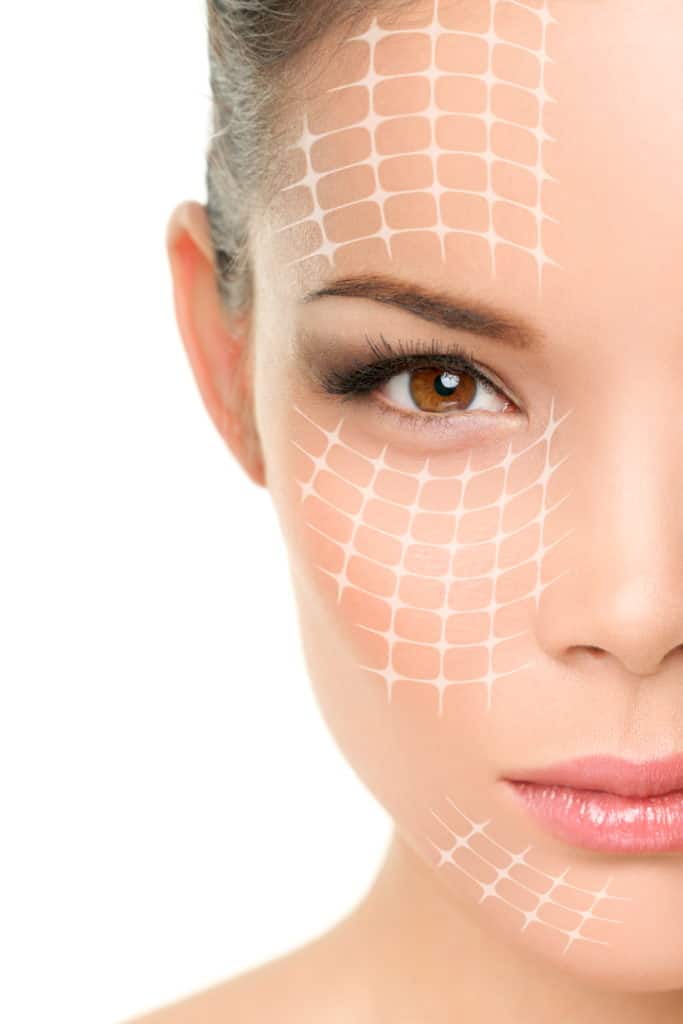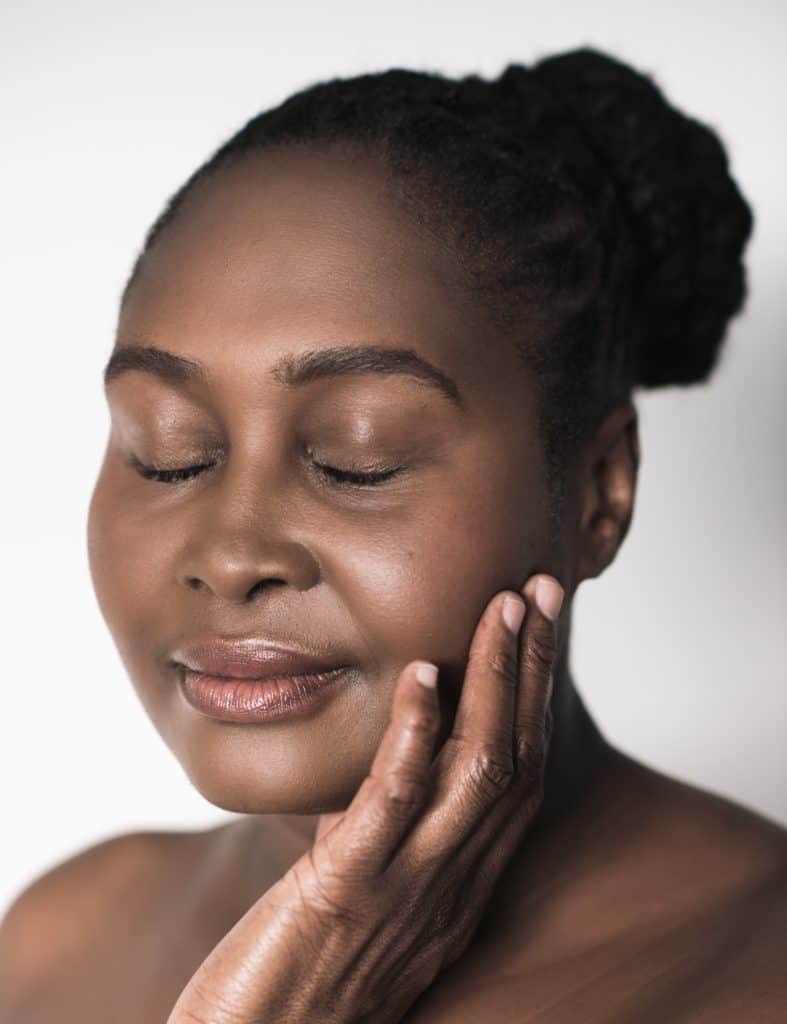Gravity, sun exposure, stress, and genetics contribute to creases formed between the nose and mouth, a slack jaw line, and loose skin around the neck.
At some point in your life, you may look in the mirror, or see a photograph of yourself and decide that the face that you see does not reflect the way you feel.
A facelift will not stop the aging process, but it will turn back the clock by reshaping fat, tightening underlying muscles, and re-draping facial and neck skin. A facelift can be done alone, or combined with other procedures like blepharoplasty or brow lift. As a result, your face will appear refreshed and rejuvenated.
Most facelift patients are in their forties to sixties, but facelifts can be done successfully on people in their 70s or 80s as well.
"Dr. Peters is the best!" -C.G. More Testimonials


Good candidates for facelift are healthy individuals with loose skin, wrinkles, or excess fatty tissue in the neck, loss of a previously well-defined jaw line, deep wrinkles in the cheeks, or sagging skin the jowl area.
The operation is usually performed with IV sedation or general anesthesia. Depending on the extent of surgery required, it can take up to 5 hours to perform. The incisions usually begin above the hairline at the temples, extend in a line hidden in the natural contour of the ear, and continue behind the earlobe to the lower scalp. If neck work is needed, a small incision may also be made under the chin. The lining of the underlying muscle is then tightened or repositioned, the skin is pulled back, and the excess tissue is removed.
The discomfort associated with a facelift is not usually severe, and the recovery is determined by bruising and swelling. Most patients will feel comfortable being seen socially in 10-14 days.
"I would've given 10 stars if that were an option." -S.M. More Testimonials
Mini-Facelift
There are many names for this type of procedure, including the S-type facelift. This procedure is best suited for patients with some of the symptoms noted above in the “Facelift” section, such as sagging skin of the lower face, jowls, and upper neck, but whose symptoms are minor and don’t warrant a full facelift or in patients that would prefer a smaller procedure. The results are a natural-looking smoothing of the skin of the lower face and neck.
In a mini-facelift, incisions are similarly placed to the full facelift, but the work done under the skin is less extensive.
Stitches are still used to tighten the lining of the facial muscles and excess skin is still removed. Because the amount of work done under the skin is less extensive, the recovery is faster. There is still some bruising and swelling with this procedure and most people take about a week off work.

Book A Consultation
Schedule your initial consultation to get started.
